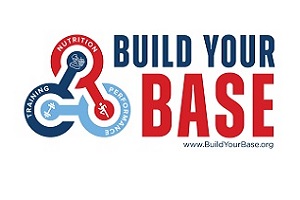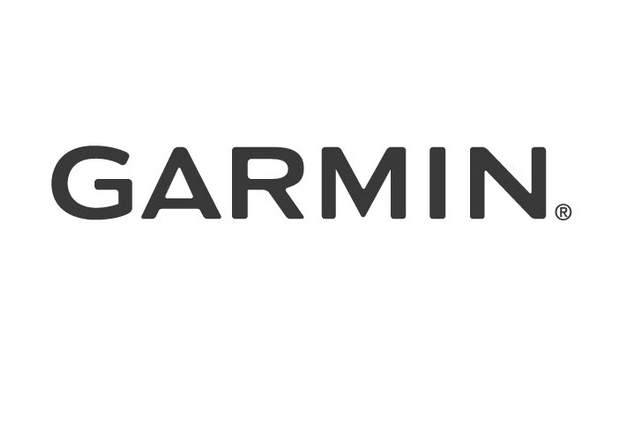Project Kultan Keihas Takes Off

Crousers have the javelin ingrained in their blood. So it’s fair to think that Dean Crouser, a three-time NCAA champion discus thrower at Oregon, and his daughter Haley, the country’s best returning prep thrower, might have seen it all.
Javelin runs in the family, as is well-documented. Sam Crouser, Haley’s older brother, set the national javelin record in 2010. Both are coached by their father. So when Hayley was selected, along with
two other girls and three boys, to participate in the Kultan Keihas Javelin Clinic, they found themselves in the perfect atmosphere: a place called the "Field of Dreams."
But what the Crouser family quickly found was a endless wealth of knowledge and an opportunity not often offered to those that chose the solitude of training for the javelin.
“Sometimes these clinics aren’t so great,” Crouser said. “But as it turns out, it couldn’t have been any better. It was just one of the better or probably the best thing of it’s kind that I’ve ever been involved with. It was really a great experience for anybody.”
The National Scholastic Sports Foundation, with former USATF director of Javelin development and clinic director Jeff Gorski , Bill Schmidt, the 1972 Olympic bronze medalist in the javelin and Finland’s world-renowned javelin guru Kari Ihalainen, selected six of the United States' best at the javelin – three boys, three girls – to participate in Project Kultan Keihas, an elite javelin clinic devoted to developing the nation’s best junior athletes to compete on the world stage.
. Project Kultan Keihas held its first session Oct. 21-23 and will conduct its second session December 27-30 at Gorski’s self-made training facility in Chapel Hill, N.C. The sponsored athletes included national record-holder Avione Allgood of North Las Vegas , Haley Crouser of Gresham High in Oregon and Christine Streisel of Tamaqua Area High in Pennsylvania on the girls side. The selected boys were Sean Keller (Heritage, Wash.), Jon Strauss (Lehighton, Pa.) and Kyle Felpel (Cocalico, Pa.).

The selected athletes will travel for a third session at a training center in Kuorta, Finland likely to take place in late-July or August.
The NSSF decided, before the camp started, to open the clinic to the public. Gorski expected maybe another six or seven athletes and coaches. When he was ready to open the gate at what he calls the “Field of Dreams,” he saw about 40 people, 24 total athletes, waiting to learn. Gorski, Schmidt and Ihalainen did not focus on fine-tuning techniques for the country’s leading javelin throwers. Instead they started from the beginning. They secured the foundation, so to speak.
Gorski recalled one female shot put and discus thrower that attended who had never picked up a javelin before.
“She came to learn and by the time she left she was pretty proficient in throwing the thing and controlling it through the point,” the director said. “I’m sure she’ll be back in December.”

But that was the point. The clinic was designed to start from the beginning in order to increase the output at the end. Even Crouser discovered early that she needed to get lower in her approach. It was something that both her and her father/coach knew but after the clinic, Dean Crouser said they now had the tools to implement into their training.
“We were able to come away with something that we can use immediately,” Dean Crouser said.
Gorski said that Strauss and Felpel showed a marked improvement already through the weekend clinic. He even found potential in others like Megan Glasmann.
Park City, Utah’s Glasmann, attended with her younger sister Chrissy and her mother and coach Niki Glasmann, who finished fourth in the javelin at the 1988 Olympic Trials while at the University of Texas. She could only imagine how it could have helped young athletes to have a similar clinic when she was a youth athlete.
“I think it would have helped immensely,” she said. “To be out there with fellow javelin throwers, having young, talented athetes and great coaches, you don’t have that everywhere.”

Plus, there was the chance to sponge knowledge from Ihalainen, who somehow garnered all the best basketball coaching analogies. Crouser called him Phil Jackson. Gorski called him Dean Smith. More than learning from great coaching minds, athletes had a chance to be around other throwers, which is something they don’t see often. It wasn’t just about correcting fundamentals, building strength and competing. Gorski hoped to spark something special in future javelin throwers.
“Maybe it’s motivation,” he said. “Renewed motivation. I think that every kid that attened this camp has a recharged battery or maybe an overcharged battery. Now they’ve got resources. They’ve got that contact. They’ve got me or Bill or Kari. They know they aren’t in this by themselves.”




